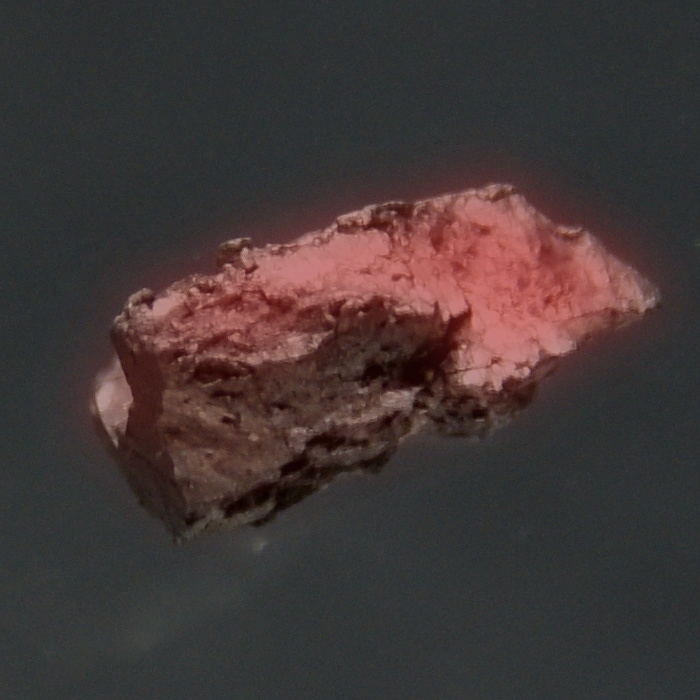Kiur
96
Cm
Grupa
Nie dotyczy
Okres
7
Blok
f
Protony
Elektrony
Neutrony
96
96
151
Ogólne właściwości
Liczba atomowa
96
Masa atomowa
[247]
Liczba masowa
247
Kategoria
Aktynowce
Kolor
Srebrny
Radioaktywny
Tak
Curium is named after Madame Curie and her husband Pierre Curie
Układ krystalograficzny
Sześciokąt prosty
Historia
Curium was discovered by Glenn T. Seaborg, Ralph A. James and Albert Ghiorso in 1944 at the University of California, Berkeley.
It was produced by bombarding plutonium with alpha particles during the Manhattan Project.
Curium metal was produced only in 1951 by reduction of curium fluoride with barium.
It was produced by bombarding plutonium with alpha particles during the Manhattan Project.
Curium metal was produced only in 1951 by reduction of curium fluoride with barium.
Elektrony na poszczególnych powłokach
2, 8, 18, 32, 25, 9, 2
Konfiguracja elektronowa
[Rn] 5f7 6d1 7s2
Curium accumulates in the bones, lungs and liver, where it promotes cancer
Właściwości fizyczne
Stan skupienia
Ciało stałe
Gęstość
13,51 g/cm3
Temperatura topnienia
1613,15 K | 1340 °C | 2444 °F
Temperatura wrzenia
3383,15 K | 3110 °C | 5630 °F
Ciepło topnienia
Nie dotyczy kJ/mol
Ciepło parowania
Nie dotyczy kJ/mol
Ciepło właściwe
- J/g·K
Ilość w skorupie Ziemi
Nie dotyczy
Ilość we Wszechświecie
Nie dotyczy

Numer CAS
7440-51-9
Numer CID PubChem
Nie dotyczy
Właściwości atomowe
Promień atomowy
174 pm
Promień walencyjny
169 pm
Elektroujemność
1,3 (Skali Paulinga)
Energia jonizacji
5,9915 eV
Objętość molowa
18,28 cm3/mol
Przewodność cieplna
0,1 W/cm·K
Stopnie utlenienia
3, 4
Zastosowania
Curium is mainly used for scientific research purposes.
Curium is a common starting material for the production of higher transuranic elements and transactinides.
The most practical application of 244Cm is as α-particle source in the alpha particle X-ray spectrometers (APXS).
Curium is a common starting material for the production of higher transuranic elements and transactinides.
The most practical application of 244Cm is as α-particle source in the alpha particle X-ray spectrometers (APXS).
Curium is harmful due to its radioactivity
Izotopy
Stabilne izotopy
-Niestabilne izotopy
233Cm, 234Cm, 235Cm, 236Cm, 237Cm, 238Cm, 239Cm, 240Cm, 241Cm, 242Cm, 243Cm, 244Cm, 245Cm, 246Cm, 247Cm, 248Cm, 249Cm, 250Cm, 251Cm, 252Cm